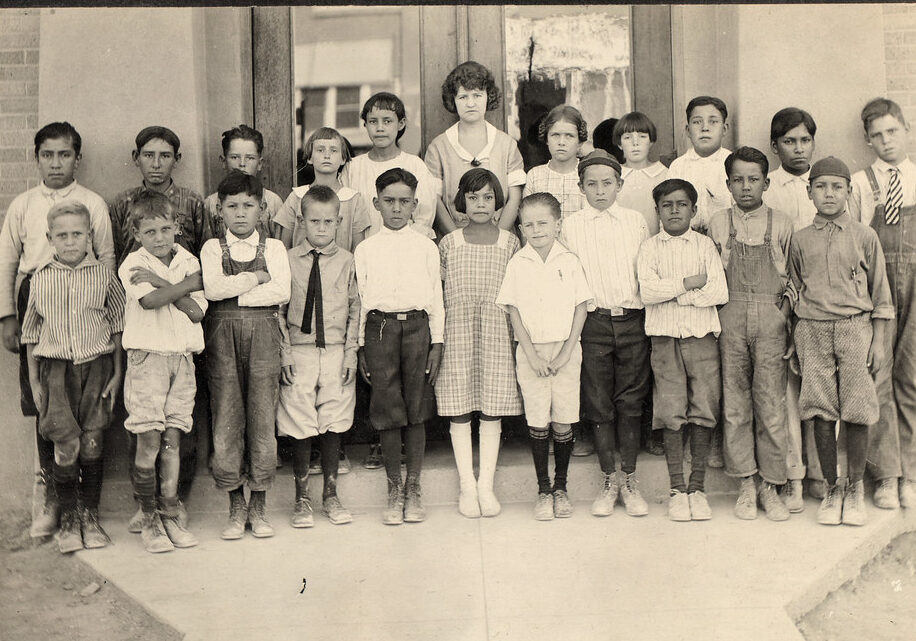
Before Google, GPS, and grocery delivery apps, life demanded a different skill set — one focused on practicality, resourcefulness, and doing things yourself. These 15 skills were once everyday knowledge, passed down through generations. Today, many of them feel like lost arts, but they still have value, and they say a lot about how much the world has changed.
Cursive Writing
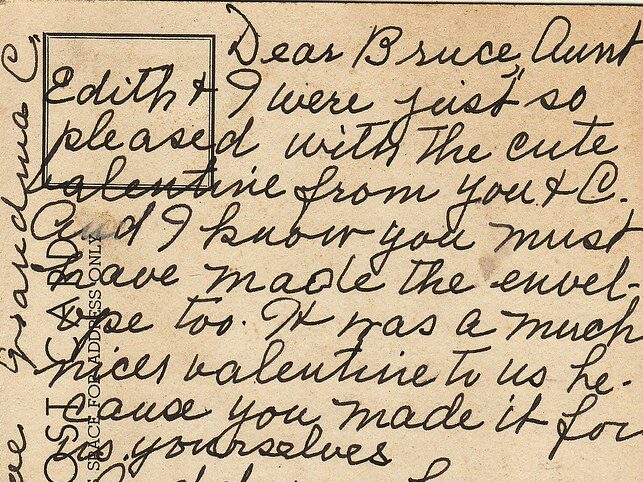
Cursive was once a rite of passage — a sign of maturity and education. Children practiced it diligently in school, and a beautiful signature was something to be proud of. Handwritten letters, notes, and formal documents were all done in cursive. Today, many younger people can’t read it, let alone write it.
Mental Math
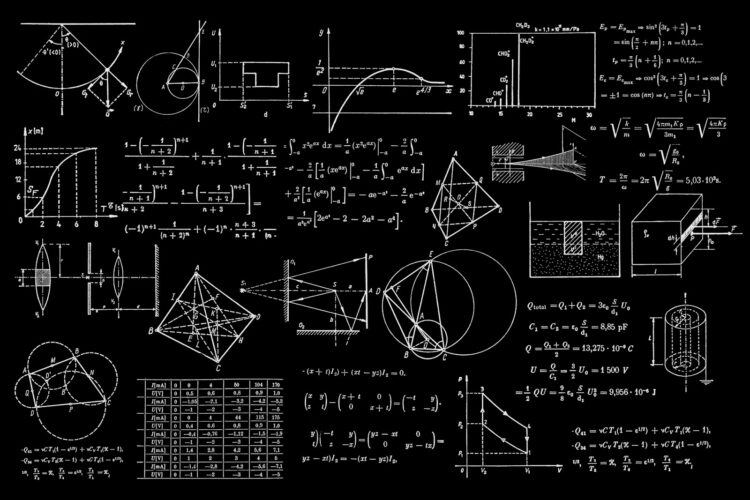
Before calculators were in every pocket, people had to rely on their minds — or paper and pencil. Quick calculations were part of everyday life: figuring change at the store, measuring wood for projects, or adjusting recipes on the fly. It wasn’t about being a math genius — it was about being independent.
Sewing and Mending Clothes
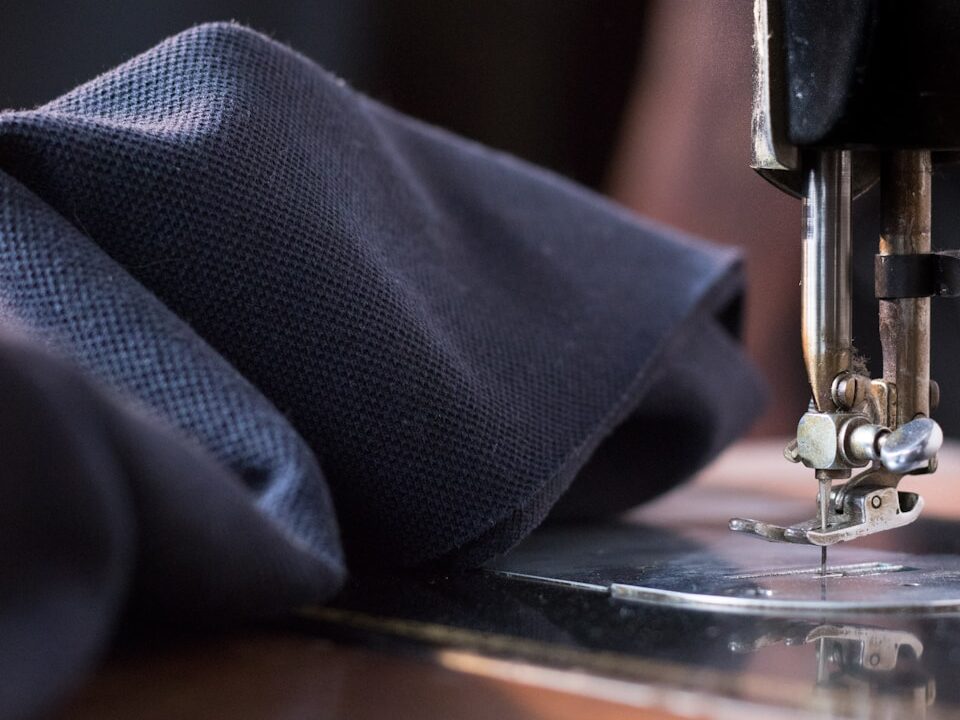
A loose button, a ripped seam, or a fraying hem didn’t mean tossing something out — it meant fixing it. Sewing was a basic household skill, and many kids learned from a parent or in school. It taught patience, precision, and self-reliance. Clothes were often passed down, patched, and personalized. These days, most people toss things when they rip.
Cooking Without a Recipe

Generations ago, cooking wasn’t about exact measurements — it was about instincts and memory. People learned by watching family members, not by following YouTube videos. A pinch of salt, a splash of vinegar — everything was eyeballed. Meals came from what you had on hand, not a trip to the store. It was less about perfection and more about nourishment, creativity, and family tradition.
Reading a Map
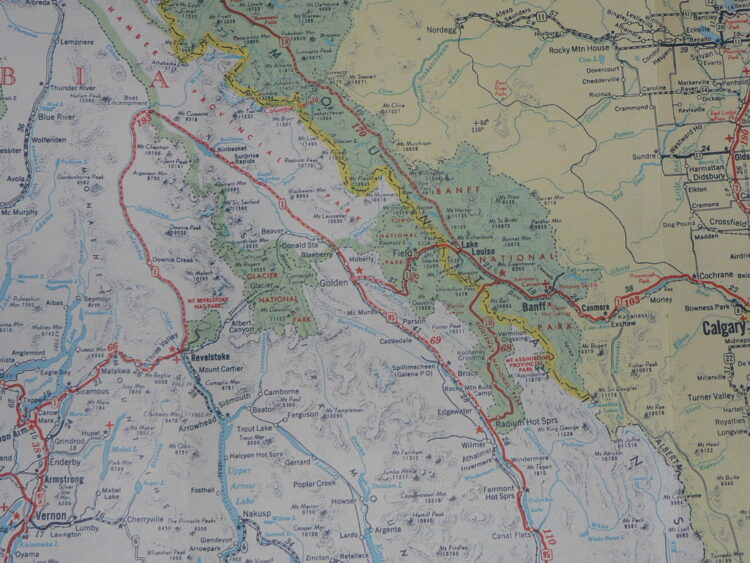
Before smartphones and turn-by-turn navigation, knowing how to read a map was essential. Whether it was a road trip or finding your way in an unfamiliar town, you had to orient yourself using landmarks, road signs, and paper maps. People memorized directions, planned routes, and knew how to “get back on track” when lost. Today, GPS does the thinking for us — but back then, you were the navigator.
Writing Letters
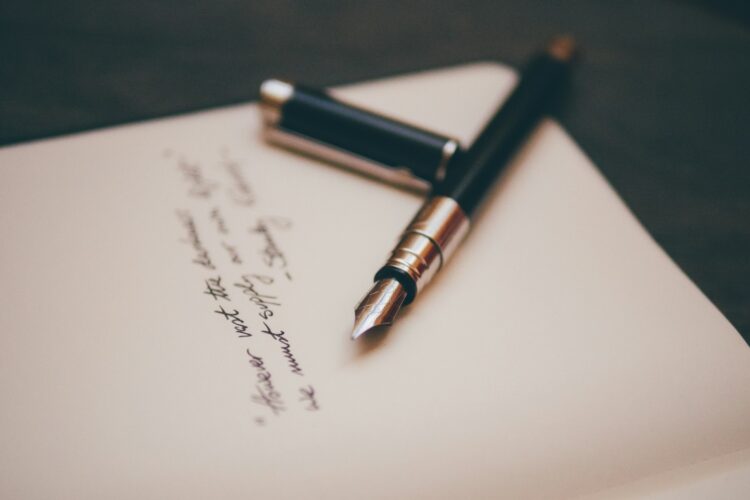
Before texts and emails, letters were how people stayed connected. Whether handwritten or typed, they took time, thought, and effort. You had to express yourself clearly, tell a story, and sometimes wait weeks for a reply. It wasn’t instant — but it was deeply personal. A letter meant someone sat down and gave you their undivided attention.
Growing Your Own Food

Having a garden used to be common, especially in rural or working-class households. People grew vegetables, canned fruits, and even raised chickens. It wasn’t a hobby — it was part of putting food on the table. Knowing how to plant, tend, and harvest meant saving money and eating well. Today, it’s trendy in some circles, but back then, it was simply smart living. It also gave people a deep respect for where food comes from.
Ironing and Folding Properly

Clothes used to be treated with more care — and presentation mattered. Ironing shirts, creasing pants, and folding things neatly were signs of self-respect and discipline. Even everyday clothing was kept tidy. You learned how to iron without scorching and how to fold so nothing wrinkled. In a time before wrinkle-free fabrics and casual wear became the norm, this was a life skill — especially if you wanted to look sharp for work or church.
Home Repairs and Handyman Skills

Fixing things around the house — leaky faucets, creaky doors, loose screws — was just part of life. Many learned basic carpentry, plumbing, or electrical know-how from their parents or by doing it themselves. You didn’t immediately call a professional. Knowing how to maintain your home saved money and made you self-sufficient. These skills are slowly fading, replaced by convenience and outsourcing.
Writing Checks and Balancing a Checkbook
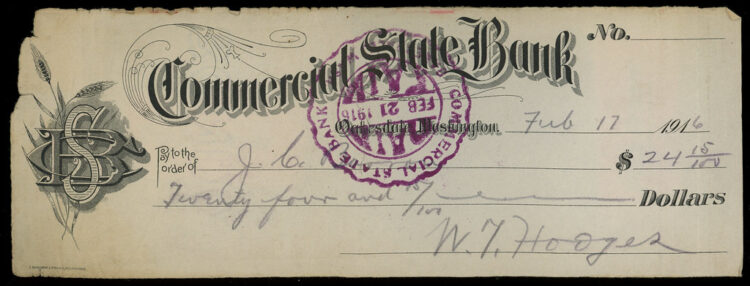
Before online banking, people managed money with paper — and a lot of discipline. Writing checks, recording transactions, and balancing a checkbook were regular tasks. It taught people to track every penny and live within their means. You always knew how much was in your account — because you wrote it down. These days, apps do the math for you, but many still remember the quiet satisfaction of a perfectly balanced ledger.
Memorizing Phone Numbers
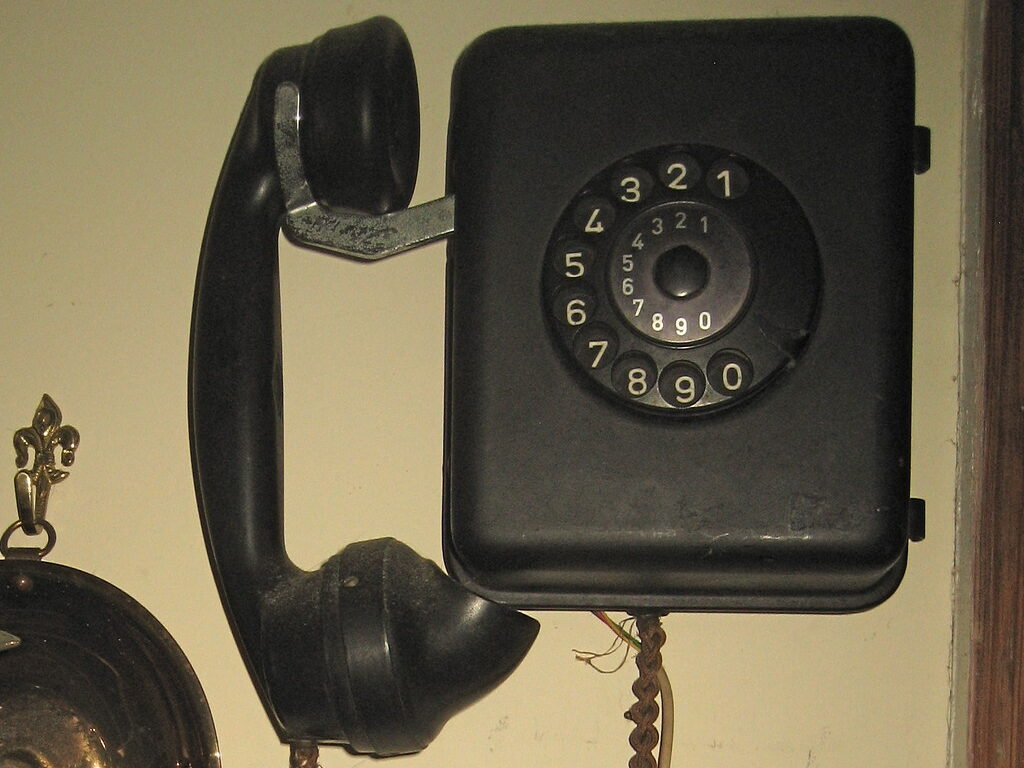
You didn’t scroll through contacts or ask Siri to call someone — you just remembered their number. Everyone knew at least a dozen off the top of their head: family, friends, the doctor, maybe even the pizza place. It exercised your memory and gave you a sense of connection. Losing your phone didn’t mean losing touch — because you carried importantnumbers in your mind, not your device.
Cleaning Without Disposable Products
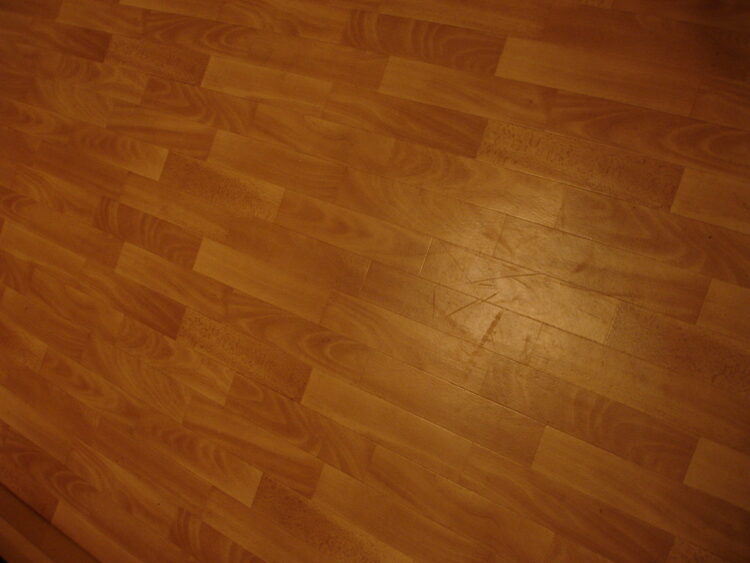
Before everything came in wipes and sprays, cleaning meant elbow grease and reusable tools. People used rags, baking soda, vinegar, and know-how. It was cheaper, more sustainable, and just as effective. You didn’t throw things away after one use — you cleaned them properly. This kind of care kept homes spotless without relying on chemicals or single-use products.
Making and Repairing Things by Hand

Craftsmanship wasn’t niche — it was normal. People made things with their hands: furniture, toys, tools, clothes. They also repaired broken items instead of replacing them. Skills like whittling, sewing, sanding, and patching were part of everyday life. It wasn’t about DIY projects for fun — it was how you made things last. This practical creativity taught patience and pride, especially when you could say, “I fixed that myself.”
Proper Table Manners
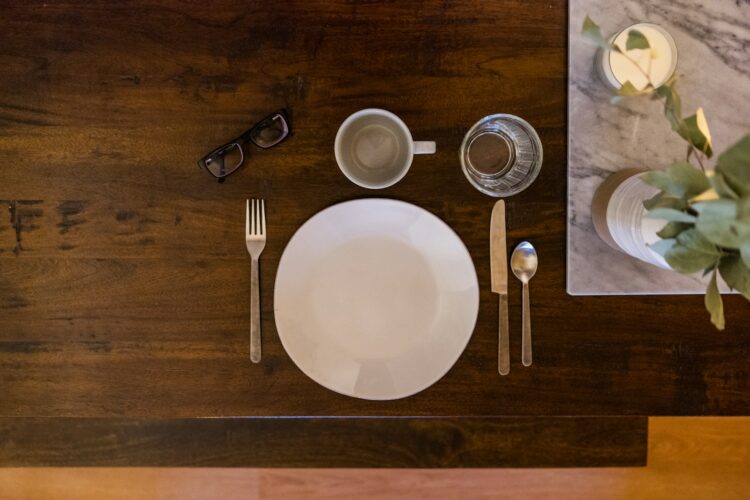
Etiquette wasn’t optional — it was expected. Sitting at the dinner table meant knowing how to use utensils, chew with your mouth closed, wait your turn to speak, and pass food politely. These habits were taught young and seen as signs of respect. While things have relaxed over the years, many still believe that good table manners never go out of style — especially when you’re dining with guests or elders.
Having a Face-to-Face Conversation

Before screens, conversations happened in real-time, face-to-face. You looked people in the eye, listened actively, and read body language. You couldn’t ghost someone or hide behind a message — you had to engage. This built stronger bonds and better social awareness. These days, it’s a skill that feels more rare, but it still sets people apart in work, relationships, and everyday life.

